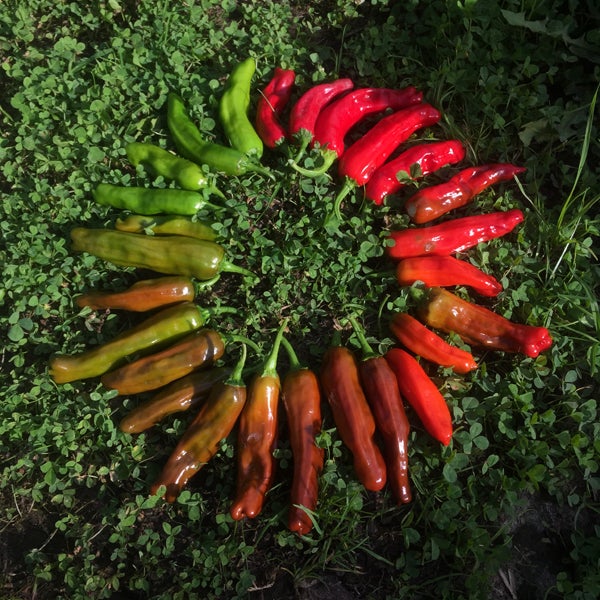Landscape
The Adam Joseph Lewis Center is an integrated building-landscape system meant to teach positive lessons about human relationships with the natural environment.
The landscape features a variety of constructed ecosystems that simulate native Northern Ohio ecosystems and incorporate cultigens that produce food for humans.
The building and surrounding landscape are built with the following principles of sustainable architecture in mind.
- Extensive use of plants native to the region
- Responsible stormwater management and storage
- Integration of social and ecological space
- Interior landscaping designed to connect inhabitants to earth's natural cycles
Any piece of land has a story to tell. The landscape of the AJLC is intended to connect visitors with the natural and social history of this location.
The restored wetland and forest ecosystems speak to the pre-agricultural history of the site. Locally quarried sandstone is a sedimentary rock formed 300 million years ago during geological eras when this region of the globe was covered with an inland ocean. Sandstone was extensively used in the many of the original Oberlin College buildings. Recycled sandstone carvings and remnants salvaged from renovations and demolitions are extensively used within the AJLC landscape as benches, rock walls and garden elements and for the hydrologic sculpture in the building’s atrium.
Tens of thousands of years ago, when glaciers were actively advancing and retreating in this region of the continent, they transported large igneous and metamorphic rocks - "glacial erratics" from areas further north, these too are incorporated into the landscape features of the center.
Organic Garden

Photograph credit: Olivia Booth-Howe '20
The on-site, student-maintained garden and orchard demonstrate how a significant amount of food can be produced organically, even in a developed landscape.
Each year, the garden and orchard yields a large harvest of peppers, beans, berries, squash, apples, pears, persimmon, pawpaw, garlic, and various root vegetables. All crops are donated to Oberlin Community Services food bank.